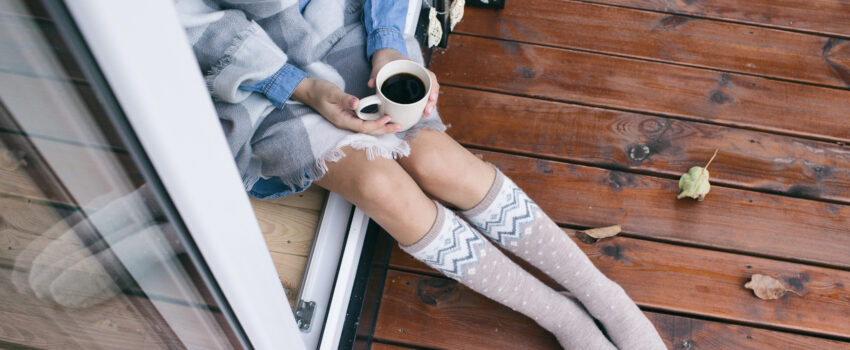Symptoms of varicose veins can be problematic all year round, but cooler temperatures during the fall and winter seasons can often lead to temporary relief. Understanding the effects of cold weather on varicose veins may help people with this condition cope more easily and seek treatment when it can benefit them the most.
How Does Cold Weather Affect Varicose Veins?
Cold temperatures are shown to have positive effects on varicose veins.
For instance, cold weather can cause varicose veins to constrict and shrink. This makes it easier for the valves inside the veins to work more efficiently and prevents pressure from building up in the legs. As a result, symptoms associated with varicose veins, like pain, swelling, and cramping, may occur less frequently. Cold weather can also make varicose veins less visible and noticeable.
However, cold weather can also have negative effects on varicose veins. The chilly winter air can lead to dry skin that increases the risk of painful ulcerations that can form over varicose veins. Additionally, fluctuations in air pressure can worsen circulation, making varicose veins symptoms more intense, such as causing a feeling of heaviness in the legs. Lastly, cold outdoor temperatures can make people less active, which can lead to weight gain and worse symptoms.
Tips for Managing Varicose Veins in Cold Weather
Caring for varicose veins in cold weather can often lead to healthier veins and a reduction in the severity of symptoms. Behaviors that can effectively manage varicose veins during the fall and winter include:
- Applying moisturizers to the legs and other areas affected by varicose veins, which can help prevent and reduce dryness.
- Wearing warm, protective clothing when heading outdoors to reduce the risk of dry skin.
- Consuming plenty of water, fruits, and vegetables to keep skin hydrated and nourished.
- Eating foods with low or no sodium to avoid water retention and swelling that may worsen varicose veins symptoms.
- Exercising regularly to improve and maintain good blood circulation.
- Maintaining a healthy weight, given how weight gain and/or excess weight, can lead to more severe symptoms.
- Monitoring varicose veins regularly for signs of changes and notifying a doctor when changes occur or when symptoms progress.
Varicose Veins Treatment Options
Sclerotherapy, ambulatory phlebectomy, and endovenous closure are some of the many varicose vein treatment options. These treatments can be given in an outpatient setting using local anesthesia.
Sclerotherapy involves injecting a solution into the veins that causes them to collapse and disappear from view. This can be done as foam sclerotherapy or ultrasound-guided sclerotherapy. Foam sclerotherapy uses a solution mixed with air that can effectively destroy the vein and block blood flow to it, while the ultrasound-guided method uses ultrasound technology to accurately guide medication into the vein.
During ambulatory phlebectomy, a doctor makes a series of very tiny incisions over the varicose vein, which allows it to be removed, or “micro-extracted,” without scarring. Endovenous closure involves the insertion of a laser fiber into the vein, which uses heat to permanently seal off the vein.
All these treatment options are minimally invasive and produce little to no downtime. Compression stockings are another treatment for varicose veins that can be used on their own or to complement the above procedures.
Contact North Shore Vein Center at (516) 869-8346 if you have varicose veins and want to find relief from your symptoms. We can perform an evaluation, talk to you in greater detail about your symptoms, and help you find the best treatment or solution.

